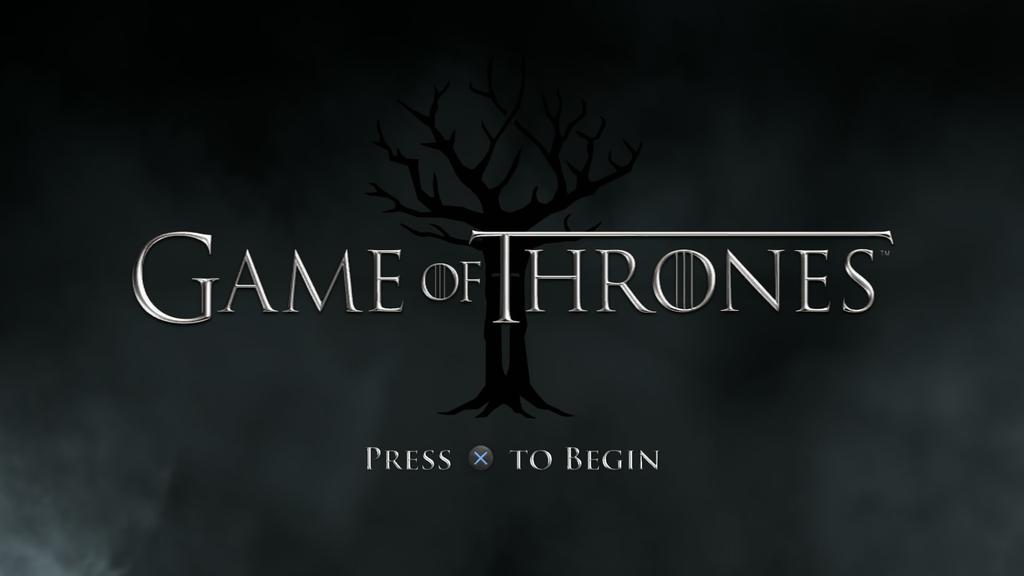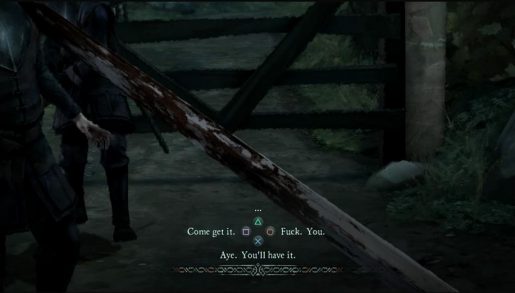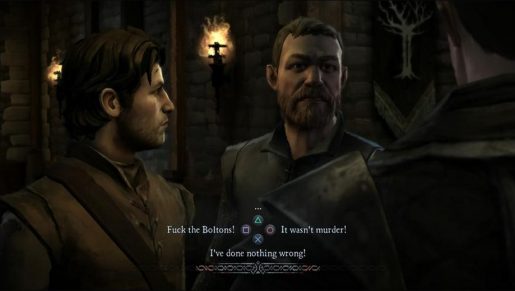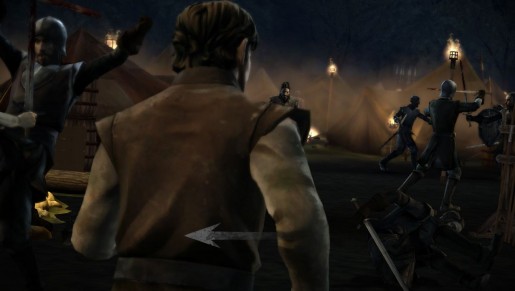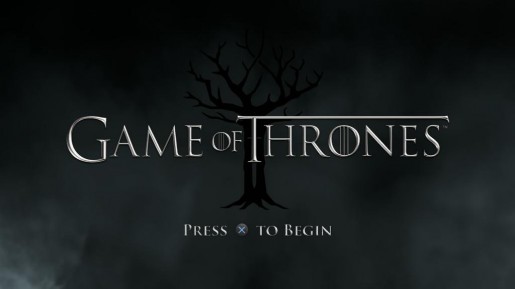 Telltale Games has had its hand in a fair number of various series since its inception ten years ago. From Sam & Max to The Walking Dead to even making an interactive adaptation of Borderlands. Next up on their release schedule is a series set in the kingdom of Westeros. Game of Thrones: A Telltale Game Series has made its debut with the first episode, Iron From Ice. Is playing the first episode of Game of Thrones a choice that matters, or is this a setup with no consequences?
Telltale Games has had its hand in a fair number of various series since its inception ten years ago. From Sam & Max to The Walking Dead to even making an interactive adaptation of Borderlands. Next up on their release schedule is a series set in the kingdom of Westeros. Game of Thrones: A Telltale Game Series has made its debut with the first episode, Iron From Ice. Is playing the first episode of Game of Thrones a choice that matters, or is this a setup with no consequences?
Game of Thrones: Episode One opens with a squire of House Forrester attending Robb Stark’s wedding and the events that follow. The entirety of the six-episode season coincides alongside the fourth season of the show, extending itself with matters that end the series’ third season. Much of the game, much like the book and television series, is rife with spoilers that I will be careful to sidestep around, given the numerous twists and turns in the story.
The House of Forrester, where the main characters for Telltale’s story swear fealty to, are a minor house referenced in the books and only glossed over during the television series, if even referenced at all. Previously a vassal of House Stark, both the King of the North and House Whitehill seek to control the Forrester line for one primary purpose: ironwood. As the primary supplier of this precious material, many competing houses in Westeros all vie for the unique crafting ingredient.
Telltale’s graphics engine has been showing its age for some time, and it is becoming quite evident with the latest entry on next-gen consoles. The company’s experimented with a number of art styles in the past, this time opting for a sort of oil painting motif to the Game of Thrones series. Up close, faces look quite remarkable despite a number of jagged edges even on the PlayStation 4. However, objects and environments that cease to be in the foreground suffer the most, as a blurry filter tries to simulate depth of field, leaving anything out of focus messy.
If you’re looking for engaging gameplay in Game of Thrones, sadly you will be left wanting. With a story that’s primarily dialogue driven, much of what the player controls are branching dialogue choices like above. The few times you’re in control of whichever character you’re seeing the world from, the movement sequences are clunky and somewhat difficult to wade around. Interacting with people to converse with or objects to examine isn’t as simple as just pushing a button. Instead, you have a crosshair to move about the screen with the second analog stick and have to highlight the given item before you can perform any action with it.
This same moving crosshair also becomes an issue during a small number of QTE’s that take place during the game, requiring the player to target an enemy before they can strike you. For the faster moving events, a quick swipe of the analog stick will suffice. Thankfully, in the event your character sees their untimely end from an improper action, restarting back just before the point of death isn’t much of a setback and usually only a few seconds before the QTE took place.

